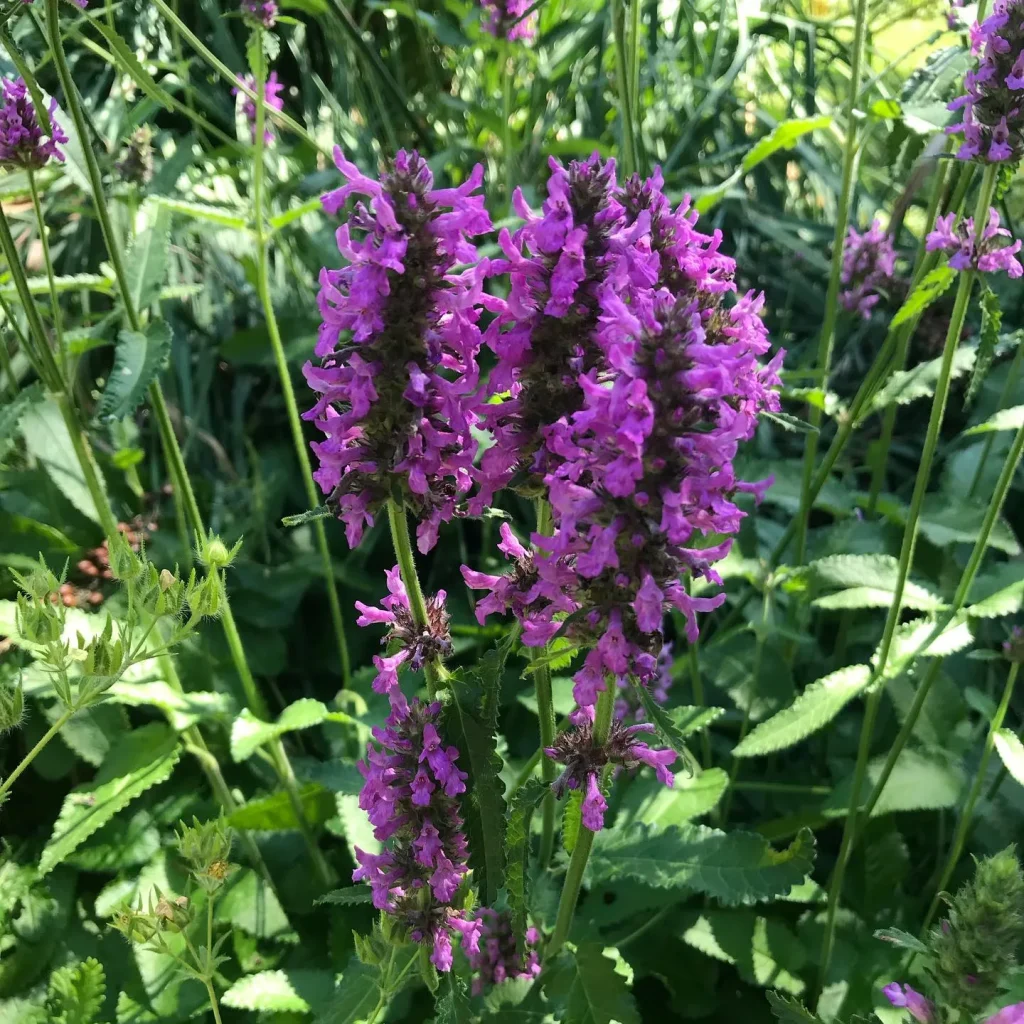FAQs About Rhaphidophora Pachyphylla
As someone who’s grown quite a few unique plants, I have a soft spot for Rhaphidophora Pachyphylla. This fascinating plant has piqued my interest over time, and I’ve gathered a lot of insights about it. If you’re considering adding this plant to your collection, here’s a comprehensive guide to answer some of the most common questions I’ve encountered.
105 Species in Genus Rhaphidophora
What is Rhaphidophora Pachyphylla?
Rhaphidophora Pachyphylla is a tropical vine known for its distinctive appearance and unique growth habits. It belongs to the Araceae family, which includes other popular houseplants like Monstera and Philodendron. This plant is often confused with its relatives because of its similar features. However, Pachyphylla stands out due to its thick, fleshy leaves and its climbing nature.
How to Care for Rhaphidophora Pachyphylla?
Light: Rhaphidophora Pachyphylla thrives in bright, indirect light. While it can tolerate lower light conditions, the plant will grow more slowly and might become leggy. If you’re growing it indoors, placing it near a window with filtered light is ideal.
Water: This plant prefers to have its soil kept consistently moist but not soggy. I usually water mine when the top inch of the soil feels dry. Overwatering can lead to root rot, so it’s important to ensure proper drainage in the pot.
Humidity: Being a tropical plant, Rhaphidophora Pachyphylla enjoys higher humidity levels. If your home is dry, consider using a humidity tray or a room humidifier to create a more favorable environment. I’ve found that misting the plant occasionally helps to maintain the humidity it needs.
Temperature: The plant prefers warm temperatures ranging from 65°F to 80°F (18°C to 27°C). It doesn’t handle cold drafts or sudden temperature changes well. Keeping it in a stable, warm environment will help it thrive.
Soil: A well-draining potting mix is essential. I use a blend of peat moss, perlite, and orchid bark to ensure good aeration and drainage. This mix helps prevent root rot and supports healthy growth.
How to Propagate Rhaphidophora Pachyphylla?
Propagation is quite straightforward with Rhaphidophora Pachyphylla. Here’s a simple method I use:
- Cutting: Take a cutting from a healthy plant. Ensure that the cutting has at least one node and a couple of leaves.
- Preparation: Remove any excess leaves from the cutting, leaving only a few at the top. This helps the plant focus on growing roots.
- Rooting: Place the cutting in a container with water or a potting mix. I prefer using a mixture of perlite and peat moss for rooting.
- Care: Keep the cutting in a warm, bright location but out of direct sunlight. Change the water regularly if using that method, or keep the soil consistently moist.
- Transplant: Once the cutting has developed a good root system, usually after a few weeks, transplant it into a larger pot with regular potting soil.
What to Plant With Rhaphidophora Pachyphylla?
Rhaphidophora Pachyphylla pairs well with other tropical plants that have similar care requirements. Some good companions include:
- Philodendron and Monstera: Its large, dramatic leaves complement the Pachyphylla’s unique foliage.
- Ficus Elastica: The glossy leaves of the Rubber Plant provide a nice contrast.
- Pothos (Epipremnum Aureum): This plant’s trailing vines can create a lush, green display when paired with Rhaphidophora Pachyphylla.
Common Problems and Solutions
Yellowing Leaves: This often indicates overwatering or poor drainage. Check the soil moisture and ensure the pot has adequate drainage holes.
Pests: Like many houseplants, Pachyphylla can be susceptible to pests such as spider mites and mealybugs. Regularly inspect the plant and treat any infestations with insecticidal soap or neem oil.
Leggy Growth: If the plant becomes leggy, it may not be getting enough light. Consider moving it to a brighter location or providing supplemental lighting.
Final Thoughts
Growing Rhaphidophora Pachyphylla has been a rewarding experience for me. Its unique appearance and relatively easy care make it a standout in any plant collection. By following these tips, you can ensure your Pachyphylla remains healthy and vibrant. Whether you’re an experienced plant enthusiast or just starting out, this plant is a fantastic addition to your green space.
If i die, water my plants!



